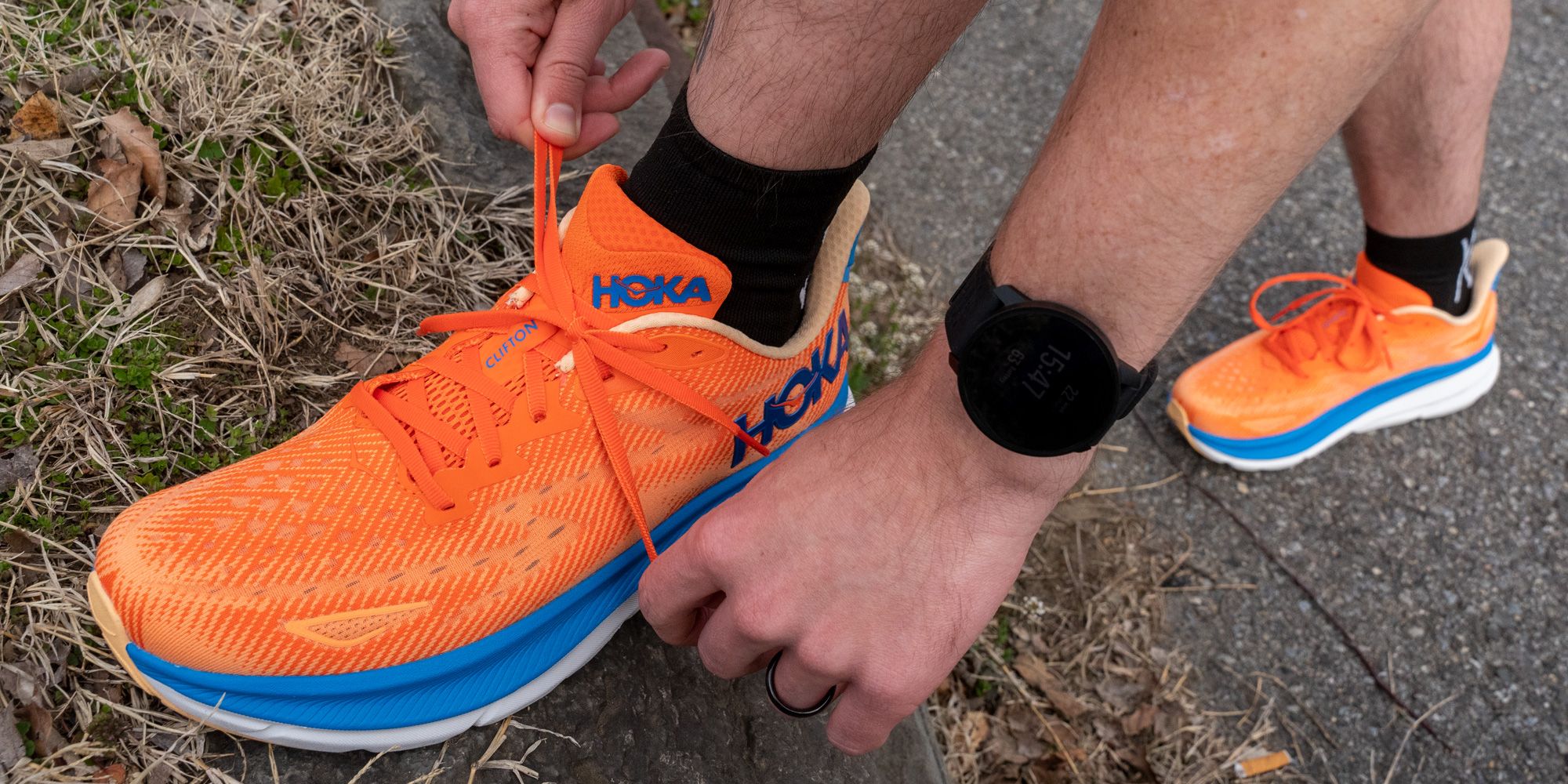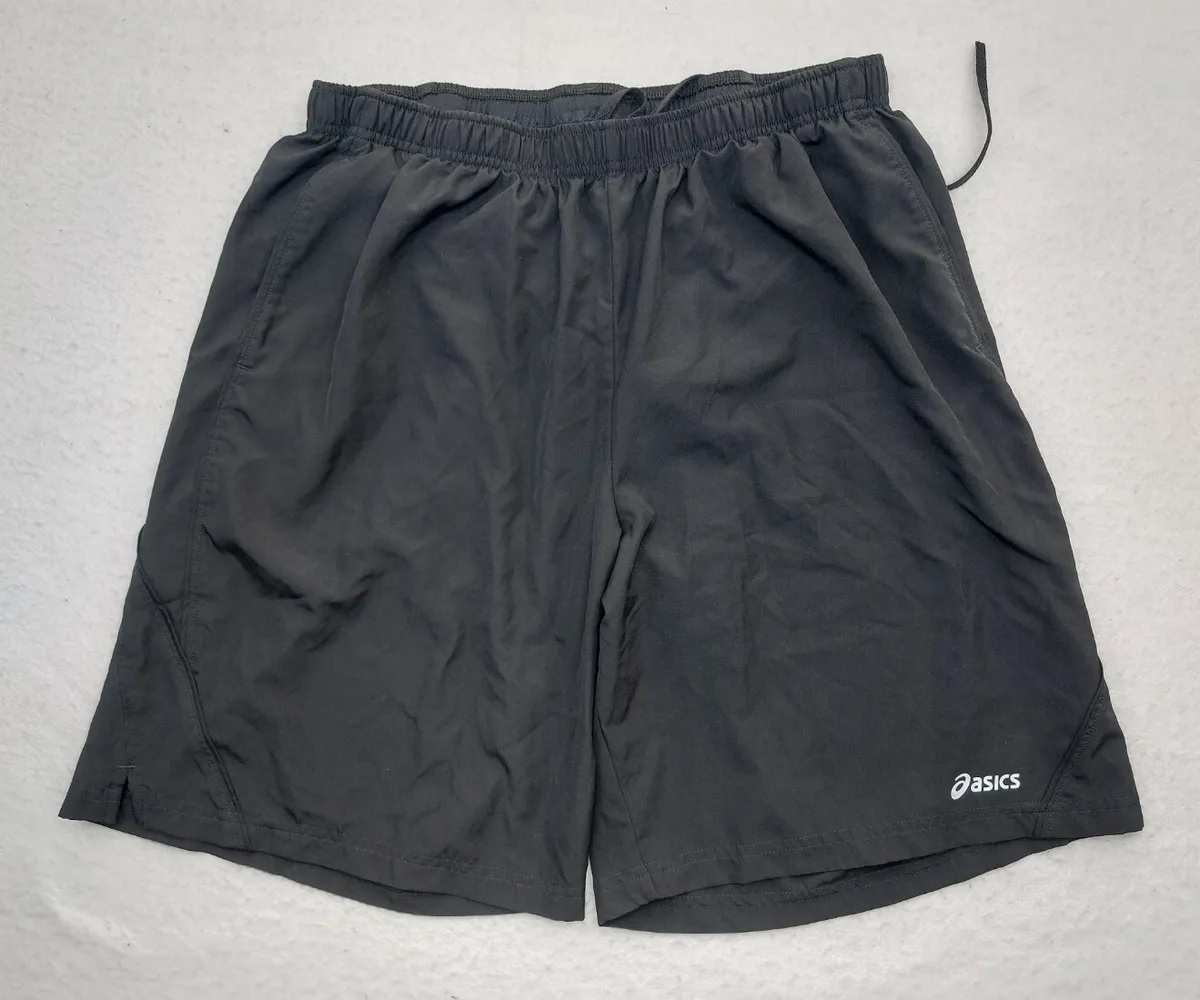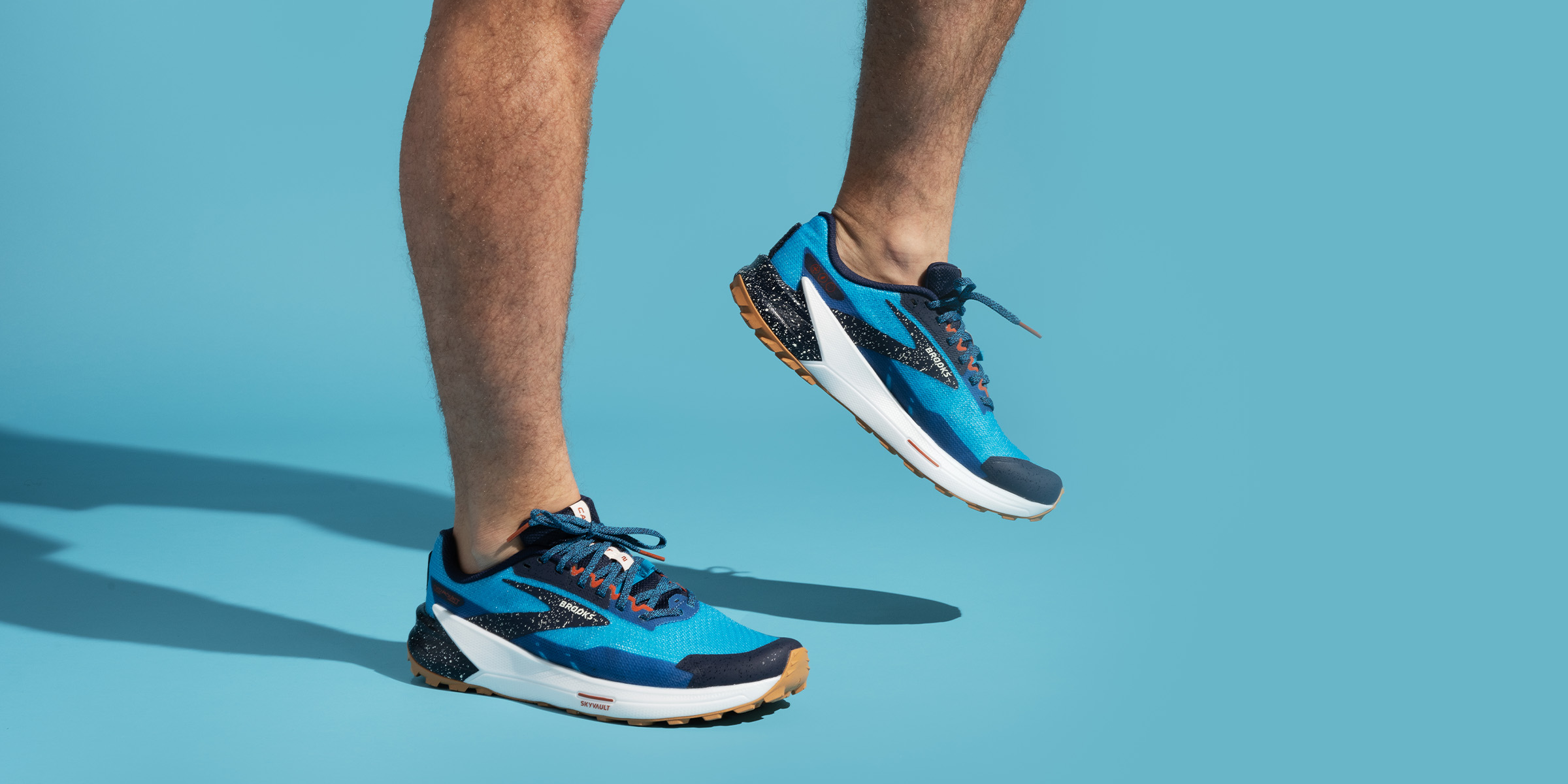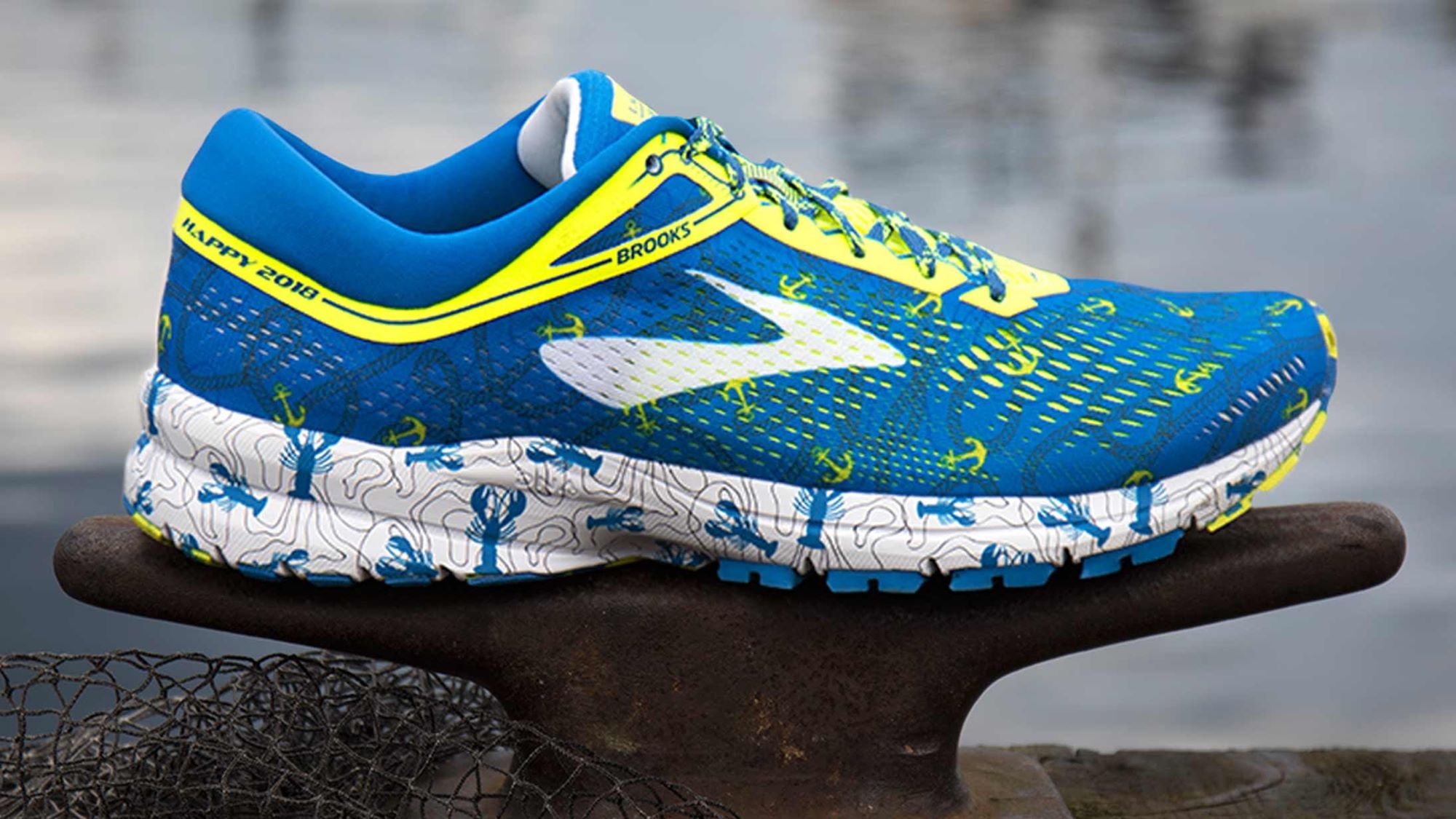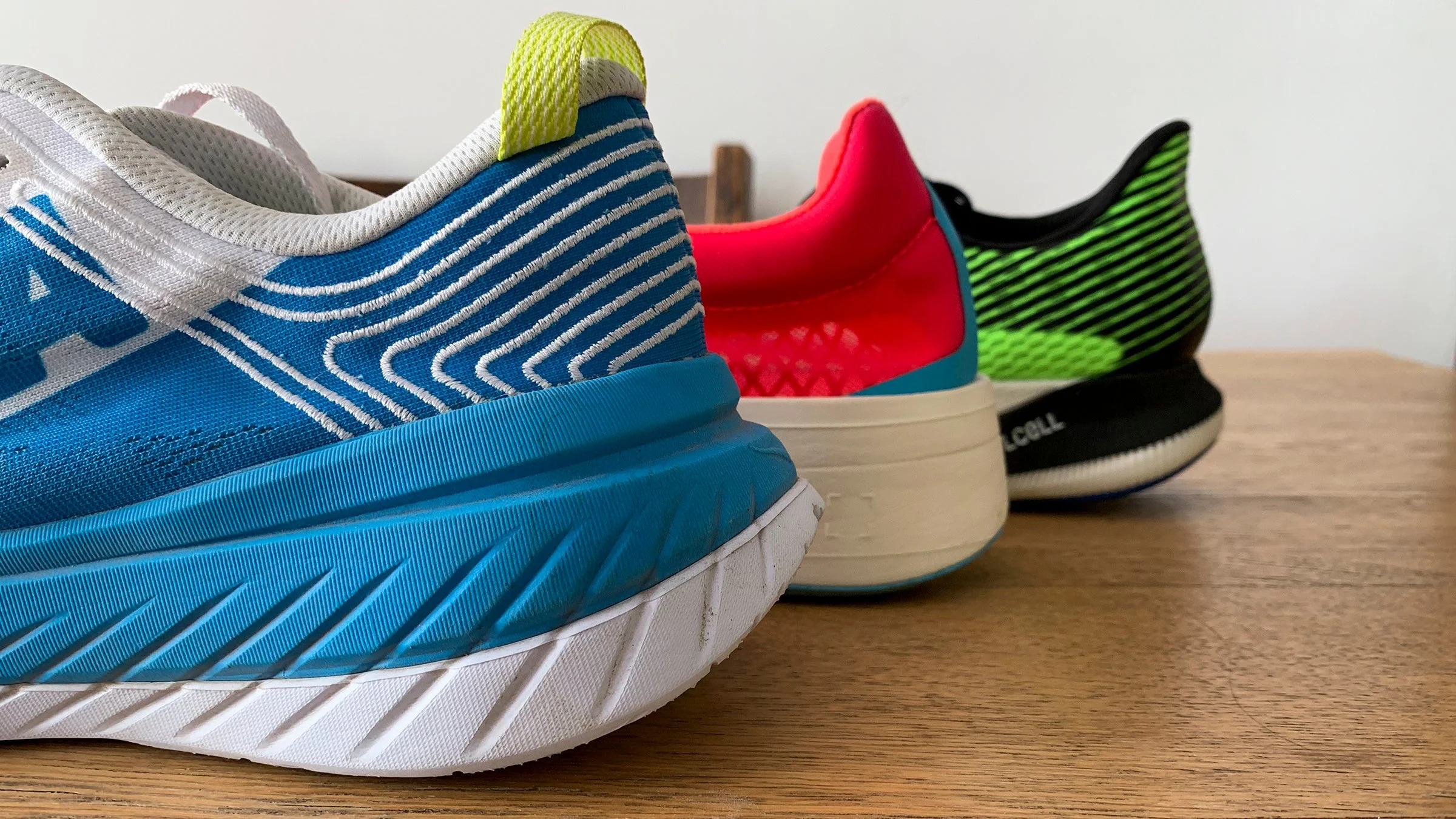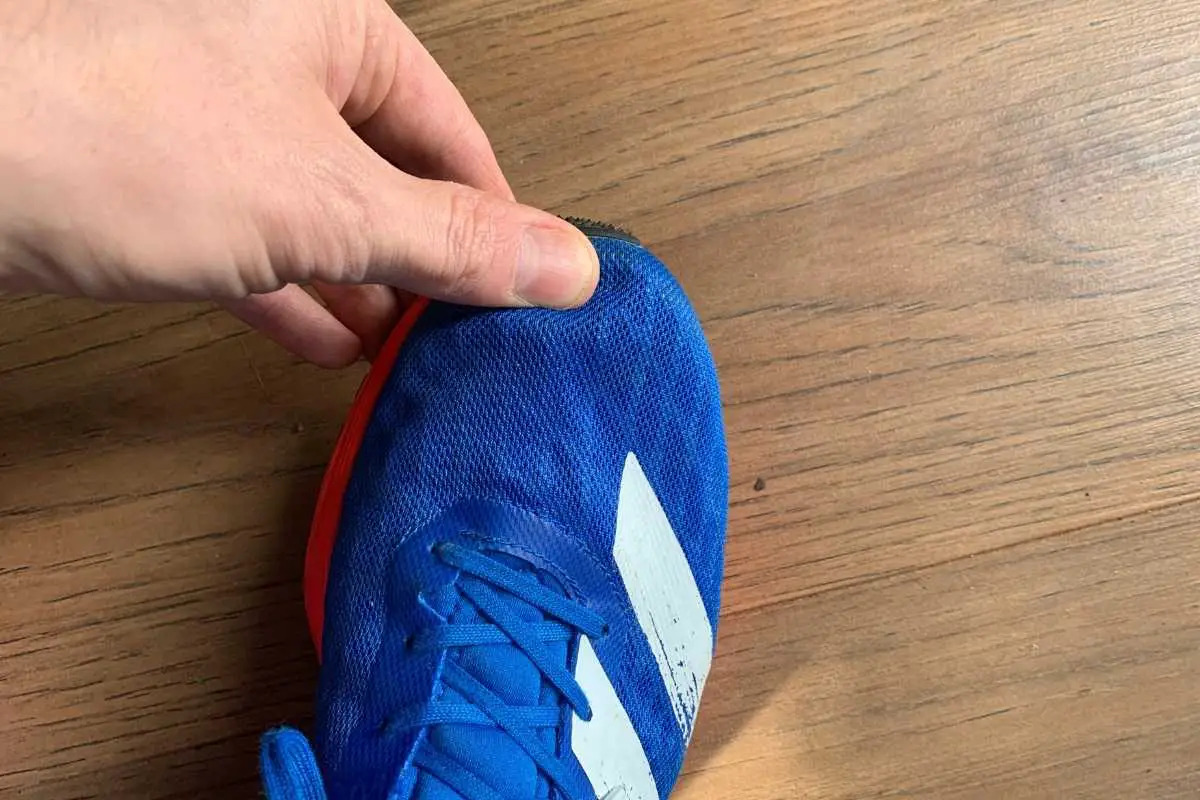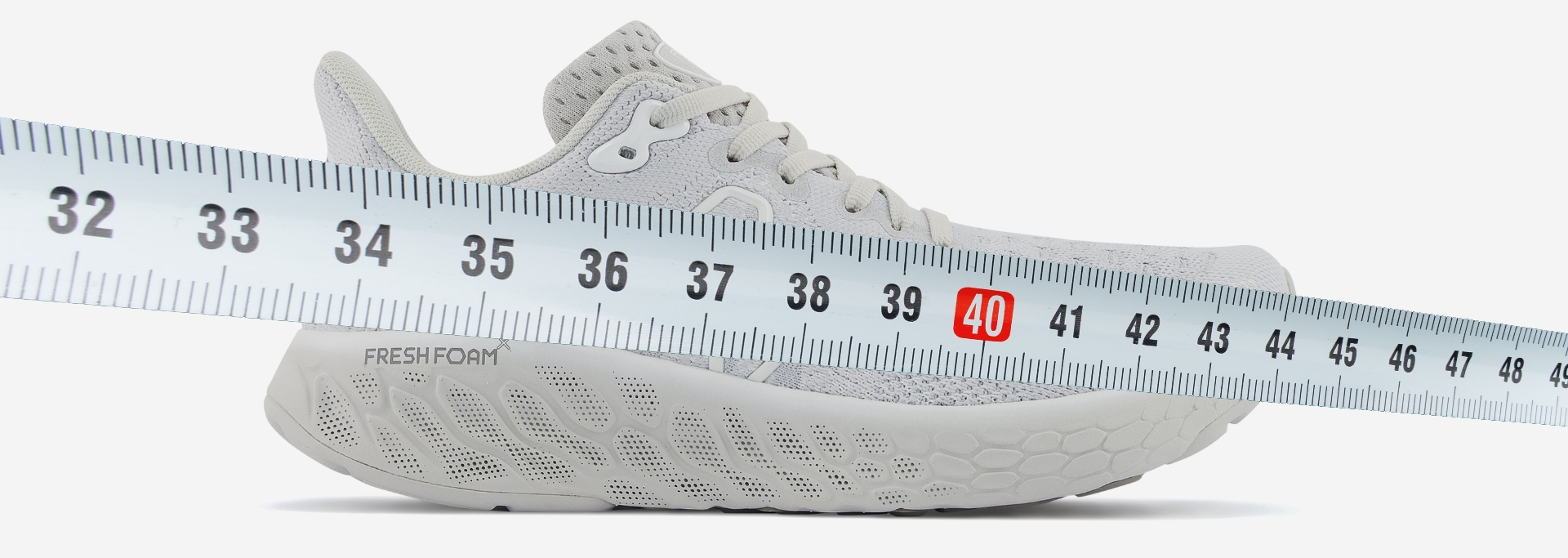

Featured
What Does D Width Mean In Running Shoes
Modified: January 22, 2024
Discover what D width means in running shoes and find out how it can affect your comfort and performance. Featured article with insights and recommendations.
Introduction
When it comes to choosing the right pair of running shoes, there are various factors to consider. One of the most important aspects is the width of the shoe. Understanding shoe widths can greatly impact the comfort and performance of your running shoes.
Shoe widths are often indicated by letters such as A, B, C, D, E, and EE, where D represents the most common and standard width for men’s shoes. In this article, we will delve into what D width means in running shoes and why it is crucial to find the right width for your feet.
Whether you are a seasoned runner or just starting out, wearing shoes that are too narrow or too wide can lead to discomfort, pain, and even injuries. Finding the perfect fit is essential to ensure a comfortable and injury-free running experience.
In the following sections, we will explore the concept of shoe widths, explain what D width signifies in the context of running shoes, and provide tips for determining your specific foot width. Additionally, we will address common myths surrounding shoe widths and provide guidance on finding the right fit for D width.
Understanding the significance of shoe widths in running shoes will empower you to make informed decisions when purchasing your next pair. So, let’s delve into the world of shoe widths and discover the impact they can have on your running performance.
Understanding Shoe Widths
Shoe widths refer to the measurement of the width of a shoe around the ball of the foot. While most people are familiar with the concept of shoe size, which refers to the length of the shoe, shoe width is equally important in ensuring a proper fit.
Shoe widths are typically identified by a letter, such as A, B, C, D, E, and EE. Each letter corresponds to a specific width measurement, with D representing the standard or medium width for men’s shoes.
It’s important to note that shoe width measurements can vary between different shoe brands and styles. While a D width may be considered standard in one brand, it might be slightly different in another. Therefore, it is always a good idea to try on shoes to ensure the most accurate fit.
Understanding shoe width is crucial because wearing shoes that are too narrow or too wide can have negative repercussions. Shoes that are too narrow can cause discomfort, rubbing, and blisters, while shoes that are too wide may not provide adequate support and stability.
The right shoe width is essential for maintaining the proper alignment of your feet, distributing your body weight evenly, and reducing the risk of foot-related issues such as bunions, corns, or calluses. This is particularly important for runners who subject their feet to repetitive impact and stress during workouts or races.
Now that we have a basic understanding of shoe widths, let’s explore the specific meaning of D width in running shoes and its significance in finding the perfect fit for your feet.
Standard Shoe Widths
When it comes to shoe widths, there are standard measurements that most shoe manufacturers adhere to. These standard widths are designed to accommodate the majority of foot shapes and sizes.
For men’s shoes, the most common width is represented by the letter D, which stands for medium or standard width. This width is suitable for the average foot size and offers a balanced fit between narrow and wide widths. It provides adequate space for the toes to move comfortably without feeling too snug or loose.
However, it’s important to note that the standard width may not be ideal for everyone. Some individuals have wider or narrower feet, and wearing shoes in the standard width may lead to discomfort or fit issues. In such cases, it is necessary to explore other available width options.
In addition to the standard width, shoe widths can range from narrow to extra-wide. The narrowest width is typically represented by the letter A, while the widest is represented by the letters E or EE.
It’s worth mentioning that not all shoe manufacturers offer the same range of widths. Some brands may have a limited selection, while others provide a wider range of options to cater to different foot sizes and shapes.
Understanding the standard shoe width options can help guide your search for the perfect fit. Still, it is important to keep in mind that everyone’s feet are unique, and finding the right shoe width involves personal preference and comfort.
Next, let’s explore what the D width signifies in the context of running shoes and why it is specifically important for runners.
What is D Width in Running Shoes?
When it comes to running shoes, D width represents the standard or medium width for men’s shoes. It is the most common width available in the market and is designed to accommodate the average foot size.
For runners with a D width, it means that their feet have a medium-width measurement at the ball of the foot. This width provides a balanced fit, allowing for proper alignment and support during running activities.
Choosing the correct shoe width is crucial for runners as it directly affects their comfort and performance. Wearing running shoes that are too narrow can compress the toes, leading to discomfort and potential foot conditions such as blisters or calluses. On the other hand, shoes that are too wide can cause instability and lack of support, increasing the risk of injuries.
By selecting shoes in a D width, runners with average foot widths can ensure a more precise and secure fit. This width provides enough room for the toes to move comfortably while maintaining proper support and stability during the running motion.
It’s important to note that while D width is considered standard, it may not be suitable for everyone. Some runners may have narrower or wider feet, requiring a different width option. It is essential to remember that finding the right shoe width ultimately depends on personal comfort and preference.
Now that we understand the significance of D width in running shoes, let’s explore why ensuring the proper shoe width is essential for runners.
Importance of Proper Shoe Width
When it comes to running, having the proper shoe width is of utmost importance. Your shoe width can significantly impact your comfort, performance, and overall foot health. Here are some key reasons why finding the right shoe width is crucial for runners:
Comfort: Wearing shoes with the correct width ensures that your feet have enough room to move and breathe. If your shoes are too narrow, they can cause discomfort, pressure points, and even pain. On the other hand, shoes that are too wide can result in your feet sliding around, leading to instability and discomfort.
Prevention of Foot Issues: Wearing shoes that are too narrow can increase the risk of developing foot problems such as blisters, corns, and bunions. Conversely, shoes that are too wide can lack the necessary support and stability, leading to issues like plantar fasciitis or Achilles tendonitis. By wearing the proper shoe width, you can minimize the risk of these foot ailments.
Optimal Performance: Running in shoes that fit properly allows for a more natural and efficient running motion. When your feet have the right amount of support and stability, you can maintain proper form and transfer energy effectively, leading to improved running performance and reduced fatigue.
Injury Prevention: Wearing shoes with the correct width can significantly reduce the risk of injuries. Shoes that are too narrow can compress the toes and cause issues like toenail injuries or stress fractures. Conversely, shoes that are too wide can lead to instability and increase the likelihood of ankle sprains or twists. By choosing the right width, you can enhance your foot’s biomechanics and reduce the chances of running-related injuries.
Long-Term Foot Health: Wearing shoes in the proper width not only prevents immediate discomfort and injuries but also contributes to your long-term foot health. By providing your feet with adequate space and support, you can maintain the natural alignment of your foot bones and promote overall foot health for years to come.
Remember, shoe width is just as important as shoe size when it comes to finding the perfect fit. It’s recommended to have your feet accurately measured and try on different widths to determine the best fit for your unique foot shape and size.
In the next section, we will explore how you can determine your shoe width to ensure the right fit for your running shoes.
How to Determine Your Shoe Width
Ensuring that you have the correct shoe width is crucial for optimal comfort and performance. Here are some steps to help you determine your shoe width:
1. Measure Your Feet: Start by measuring the width of your feet. Use a measuring tape or ruler to measure the widest part of your foot, which is typically around the ball of the foot. Take note of the measurement in inches or centimeters.
2. Use a Shoe Sizing Chart: Once you have your foot width measurement, refer to a shoe sizing chart that includes width measurements. These charts will typically indicate the width options such as narrow (A), medium (B or D), wide (E), or extra-wide (EE). Find the width that corresponds to your foot measurement.
3. Try Various Shoe Widths: It’s important to remember that shoe sizes and widths can vary between brands and styles. Once you have identified the width that matches your foot measurement, try on shoes in that width from different manufacturers and styles. This will help you find the most comfortable and secure fit.
4. Consider Movement and Flexibility: When trying on shoes, make sure to move your feet and toes to assess the flexibility and comfort. Wiggle your toes and walk around to get a feel for how the shoes fit and support your feet in motion. It’s ideal to have a small amount of space between the end of your toes and the shoe to allow for natural movement.
5. Seek Professional Assistance: If you’re still unsure about your shoe width or finding the right fit, consider visiting a specialty shoe store where trained professionals can measure your feet and provide expert guidance. They can help you find the appropriate shoe width based on your measurements and specific foot shape.
Remember, determining your shoe width is a crucial step in finding the perfect fit for your running shoes. Investing time in finding the right shoe width will greatly contribute to your comfort, performance, and overall foot health.
In the following section, we will discuss tips for finding the right fit specifically for D width.
Finding the Right Fit for D Width
Now that you understand the importance of shoe width and have determined that you need a D width for your running shoes, let’s explore some tips for finding the right fit:
1. Measure Both Feet: It’s common for one foot to be slightly larger than the other. Measure both feet and use the measurement of the larger foot as a reference when trying on shoes. This ensures that you choose the right width to accommodate the larger foot comfortably.
2. Try Shoes with D Width: Look for running shoe models that are available in D width options. Many reputable shoe brands offer a variety of widths to cater to different foot sizes and shapes. Make sure to try on shoes specifically designed for D width to ensure the best fit.
3. Consider Foot Volume: In addition to width, consider your foot volume when selecting running shoes. Some individuals with D width may have high arches or a more substantial foot volume. Look for shoes that provide adequate arch support and enough space in the upper to accommodate your foot volume comfortably.
4. Check for Proper Toe Room: Ensure that there is enough room in the toe box of the shoe. Your toes should be able to wiggle comfortably without feeling cramped. Aim for about a half-inch of space between your longest toe (usually the big toe) and the front of the shoe.
5. Pay Attention to Midfoot and Heel Fit: While checking the width, also consider the fit around the midfoot and heel. The shoe should provide a snug and secure fit in these areas to prevent slippage and ensure stability during running.
6. Seek Professional Advice: If you’re having difficulty finding the right fit or experiencing any discomfort, consider consulting with a knowledgeable shoe specialist or a podiatrist. They can assess your feet and provide recommendations on the best running shoe options for your specific D width.
Remember, finding the right fit involves more than just the width measurement. Consider the overall comfort, support, and stability provided by the shoe. Everyone’s feet are unique, so take the time to try on different models and brands to find the perfect fit for your D width.
Next, we’ll debunk some common myths surrounding shoe widths in the following section.
Common Myths About Shoe Widths
When it comes to shoe widths, there are several common myths and misconceptions that can cause confusion. Let’s debunk some of these myths to help you make more informed decisions when choosing the right shoe width:
Myth 1: Shoe width is the same as shoe size: One of the most common misconceptions is that shoe width is the same as shoe size. However, shoe width refers to the measurement of the width of the foot, while shoe size refers to the length of the foot. It’s important to consider both factors when finding the right fit.
Myth 2: Standard width will fit everyone: While D width is considered a standard width, it may not be the ideal fit for everyone. Feet come in a variety of shapes and sizes, and some individuals have narrower or wider feet. It’s important to try on different widths and styles to find the best fit for your unique foot shape.
Myth 3: Wider shoes are always more comfortable: While it’s true that some individuals with wider feet may find wider shoes to be more comfortable, it’s not a universal rule. The key is to find shoes that provide the right amount of support, stability, and space for your specific foot shape and width. It’s about finding the right balance of comfort and fit.
Myth 4: Breaking in will solve width issues: Some people believe that a shoe that feels too narrow or tight initially just needs to be broken in. While it’s true that shoes may become slightly more flexible over time, they will not significantly stretch or change in width. It’s essential to choose a shoe width that feels comfortable from the start.
Myth 5: All shoe brands offer the same widths: Shoe widths can vary between brands and even within different models of the same brand. While some brands may have a standard width, others may have a wider range of options to cater to various foot sizes and shapes. Always try on shoes from different brands and styles to find the best fit for your feet.
By debunking these common myths, you can approach the process of selecting the right shoe width with a clearer understanding. Remember, finding the perfect fit involves considering various factors such as foot width, volume, comfort, and support.
Now, armed with this knowledge, you can confidently navigate the world of shoe widths and find the ideal fit for your running shoes.
Conclusion
Understanding shoe widths and their significance in running shoes is essential for finding the perfect fit and ensuring optimal comfort, performance, and foot health. The D width represents the standard or medium width for men’s running shoes and provides a balanced fit for the average foot size.
By choosing the correct shoe width, runners can prevent discomfort, injuries, and foot-related issues. Proper shoe width allows for optimal alignment, support, and stability, enhancing running efficiency and reducing the risk of pain and injuries.
When determining your shoe width, measuring both feet, trying on shoes specifically designed for D width, and considering foot volume are important steps. It’s equally essential to pay attention to the overall fit, including the midfoot, heel, and toe box, to ensure a comfortable and secure fit.
It is important to debunk common myths surrounding shoe widths, such as assuming that standard widths fit everyone or that wider shoes are always more comfortable. Each individual’s feet are unique, and finding the right shoe width involves personal comfort, preference, and consideration of various factors.
Remember, shoe width is just as crucial as shoe size in finding the perfect fit. Taking the time to determine your shoe width, trying on different brands and styles, and seeking professional assistance when needed can make a significant difference in your running experience.
Now that you are equipped with the knowledge and understanding of shoe widths, go out there and find the right fit for your feet. Enjoy your runs with the comfort, support, and freedom that proper shoe width provides!

